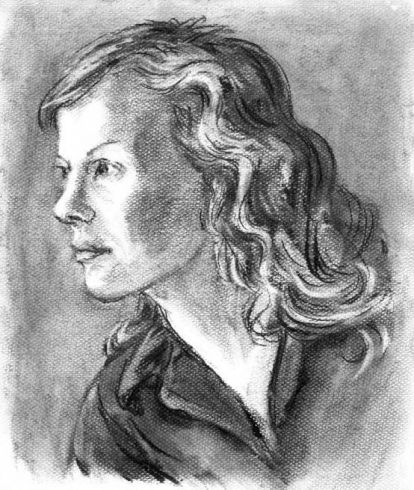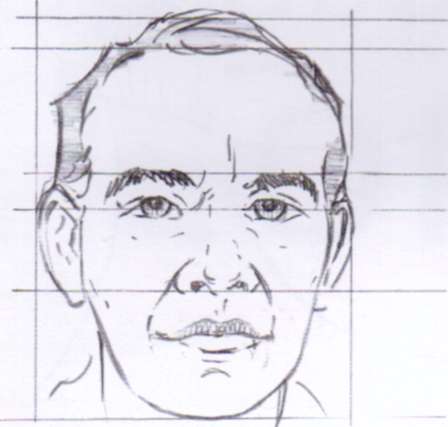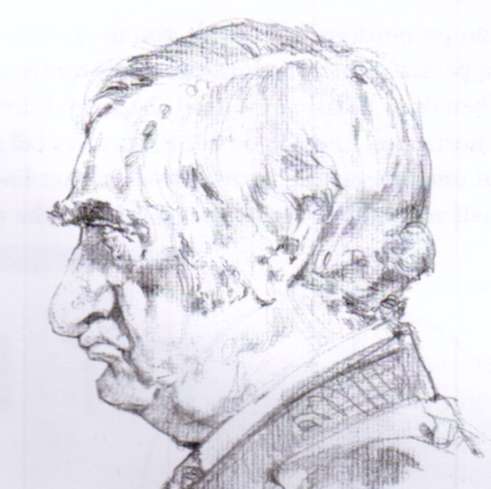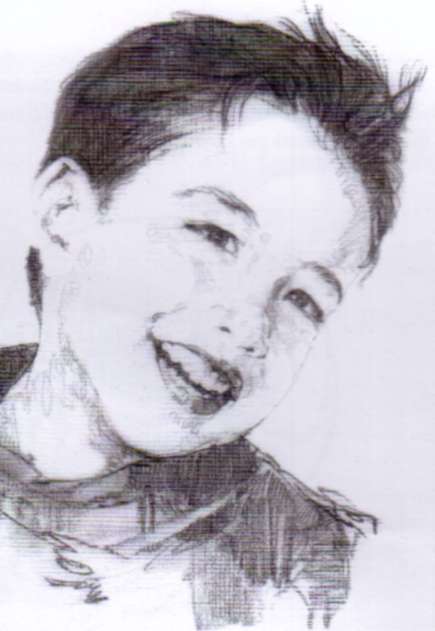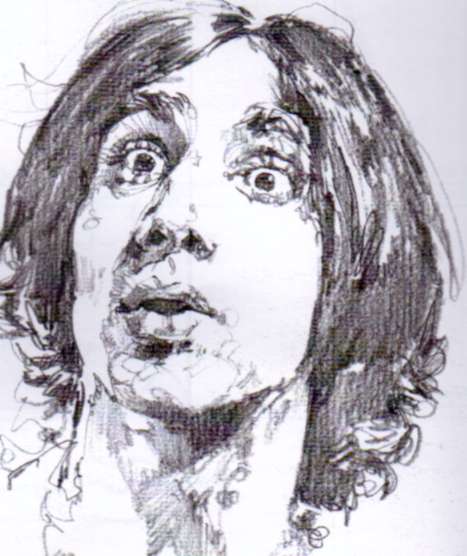02Jan
How to draw adult portrait
|
An adult's head has slightly different proportions than a child's head (see page 122 for more precise adult proportions), but the drawing process is the same: sketch in guidelines to place the features, and start with a sketch of basic shapes. And don't forget the profile view. Adults with interesting features are a lot of fun to draw from the side, where you can really see the shape of the brow, the outline of the nose, and the form of the lips. |
|
|
Focusing on Adult ProportionsLook for the proportions that make your adult subject unique; notice the distance from the top of the head to the eyes, from the eyes to the the nose, and from the nose to the chin. Look at where the mouth falls between the nose and the chin and where the ears align with the eyes and the nose. |
Drawing the ProfileSome people have very pronounced features, so it can be fun to draw them in profile. Use the point and the side of an HB for this pose. |
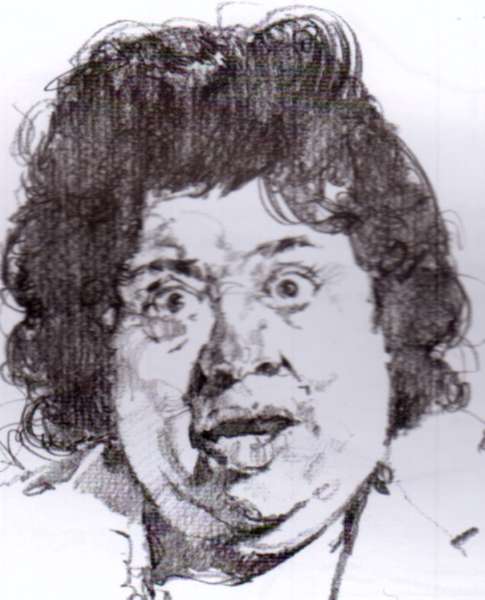 |
Expressing EmotionDrawing a wide range of different facial expressions and emotions can be quite enjoyable, especially ones that are extreme. Because these are just studies and not formal portraits, draw loosely to add energy and a look of spontaneity, as if a camera had captured the face at just that moment. Some artists don't bother with a background, as they don't want anything to detract from the expression. But do draw the neck and shoulders so the head doesn't appear to be floating in space. ~~ |
|
Portraying HappinessYoung children have smootl complexions, so make the smile lines fairly subtle. Us< light shading with the side of your pencil to create creases around the mouth, and make the eyes slightly narrower to show how smiles pull the cheek muscles up. |
Showing SurpriseHere a lot of the face has been left white to keep most of the attention on the eyes and mouth. Use the tip of the pencil for the loose expression lines and the side for the mass of dark hair. |
